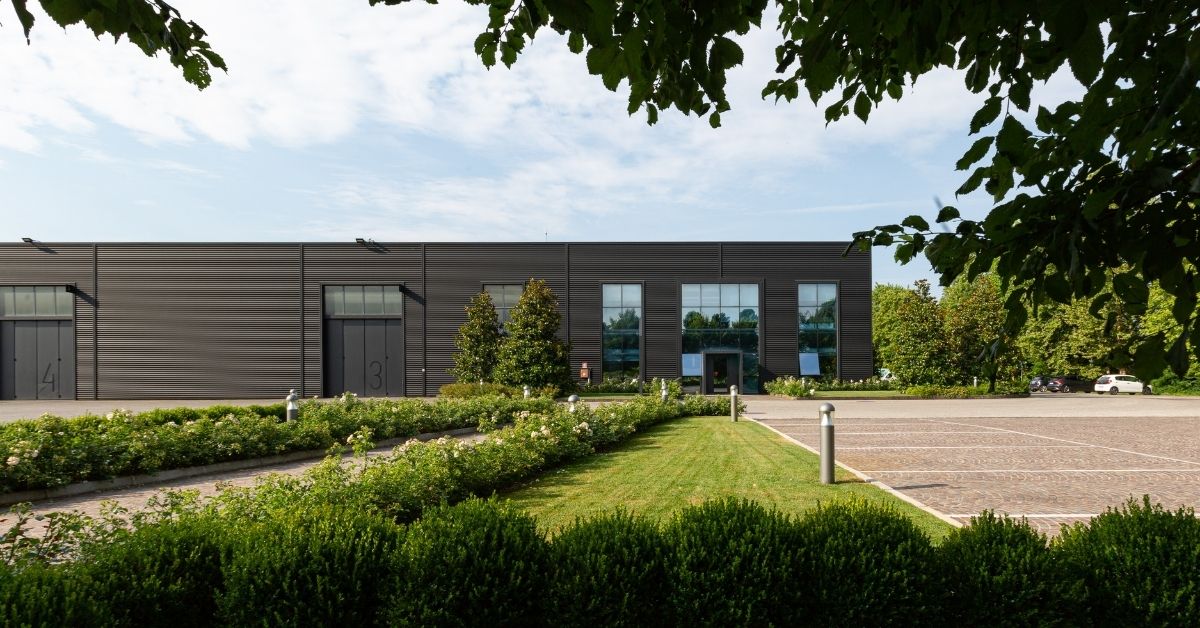The field of construction is the one that has most affected the landscape and the quality of the environment.
The need to intervene and regularise building processes in order to reduce the environmental impact of this incessant activity has given rise to environmental certification protocols.
International Environmental Certifications
The most internationally recognised ones in the building sector are LEED and BREEAM.
Both are voluntary certification programmes, applicable to both residential and commercial buildings, and cover the entire life cycle of the building. They are also constantly updating, promoting a sustainability-oriented approach and improving the quality of the environment.
These protocols evaluate different types of buildings according to a set of criteria to which scores correspond; depending on the total points obtained, the building will obtain a certain level of certification.
Continue reading to find out the specifications.
LEED certification
The LEED certification analyses the performance of buildings according to 8 criteria:
- transport and location;
- sustainability of the site;
- water resource efficiency;
- energy and atmosphere;
- construction materials and resources;
- quality of the indoor environment;
- innovation;
- regional priority.
Points are attributed to each criterion, the sum of which (minimum 40, maximum 110) constitutes 4 levels of certification: basic, gold, silver and platinum.
Procedure for obtaining certification
To aspire to LEED certification of a building, one must:
- Identify the type and location of the building (new construction, renovation, schools/shops/hospitals, residential building or town planning study);
- contact a LEED AP consultant to help the developer in the process;
- it is useful to do a pre-test on the Green ITEST web application, which gives an overview of the potential of the project;
- identify the possible credits that the project could obtain, possibly implementing certain strategies in order to achieve them;
- finally, the application is registered online, providing the relevant project documentation
The benefits of LEED
For anyone adopting LEED standards in a project, the biggest advantages will be prudent site management, programmatic building maintenance, and recognition of certification by a third party.
As well as, of course, the contribution the building will make to reducing the environmental impact of construction. All these advantages will then also have a positive impact on the market.
BREEAM certification
BREEAM certification is used to assess the sustainability of buildings and the well-being of the people living in them. This evaluation is made on the basis of 10 criteria:
- management;
- health and wellbeing;
- energy;
- transport;
- water;
- materials;
- waste management;
- use of the soil and ecology;
- pollution;
- innovation.
Each category will be given a score, the sum of which (minimum rating of 10% and maximum of 100%) constitutes 6 levels of certification: Unclassified, Pass, Good, Very Good, Excellent, Outstanding.
Procedure for obtaining certification
The BREEAM certification process starts long before the start of the construction site:
- depending on the type of use of the building, the right protocol will be chosen:
BREEAM International for new industrial, residential or commercial buildings; BREEAM International Refurbishment for renovations; BREEAM In-Use International for all types of non-residential buildings;
- an official BREEAM certifier should be contacted, who will assist throughout the process and carry out a prior verification;
- once construction is complete, the body will issue the certification that will cover the entire life cycle of the building.
The advantages of BREEAM
A building that is BREEAM-certified is certainly cheaper to run than non-certified buildings, as sustainable buildings generate significant energy and therefore cost savings. In addition to this aspect, BREEAM-rated projects are sustainable environments in which the well-being of people and the conservation of natural resources are ensured.
Isopan's experience with ADDMIRA products
Isopan's goals include a focus on sustainability and the environment, improving the energy efficiency of buildings thanks to its products, some of which can contribute to building certifications according to LEED and BREEAM protocols.
Isopan's goals include a focus on sustainability and the environment, improving the energy efficiency of buildings thanks to its products, some of which can contribute to building certifications according to LEED and BREEAM protocols.
This is the ADDMIRA range of systems, i.e. prefabricated sandwich panel systems dedicated to the architectural world for the building enclosure, including ADDVision.
These are wall and façade solutions made of highly insulating sandwich panels with a polyurethane or mineral wool core.
These environmental protocols therefore allow, better than other tools, to enhance the green characteristics of buildings, giving them significant added value.
It will not only help to improve the quality of the environment through higher energy performance, but will also be a great advantage in the market.


